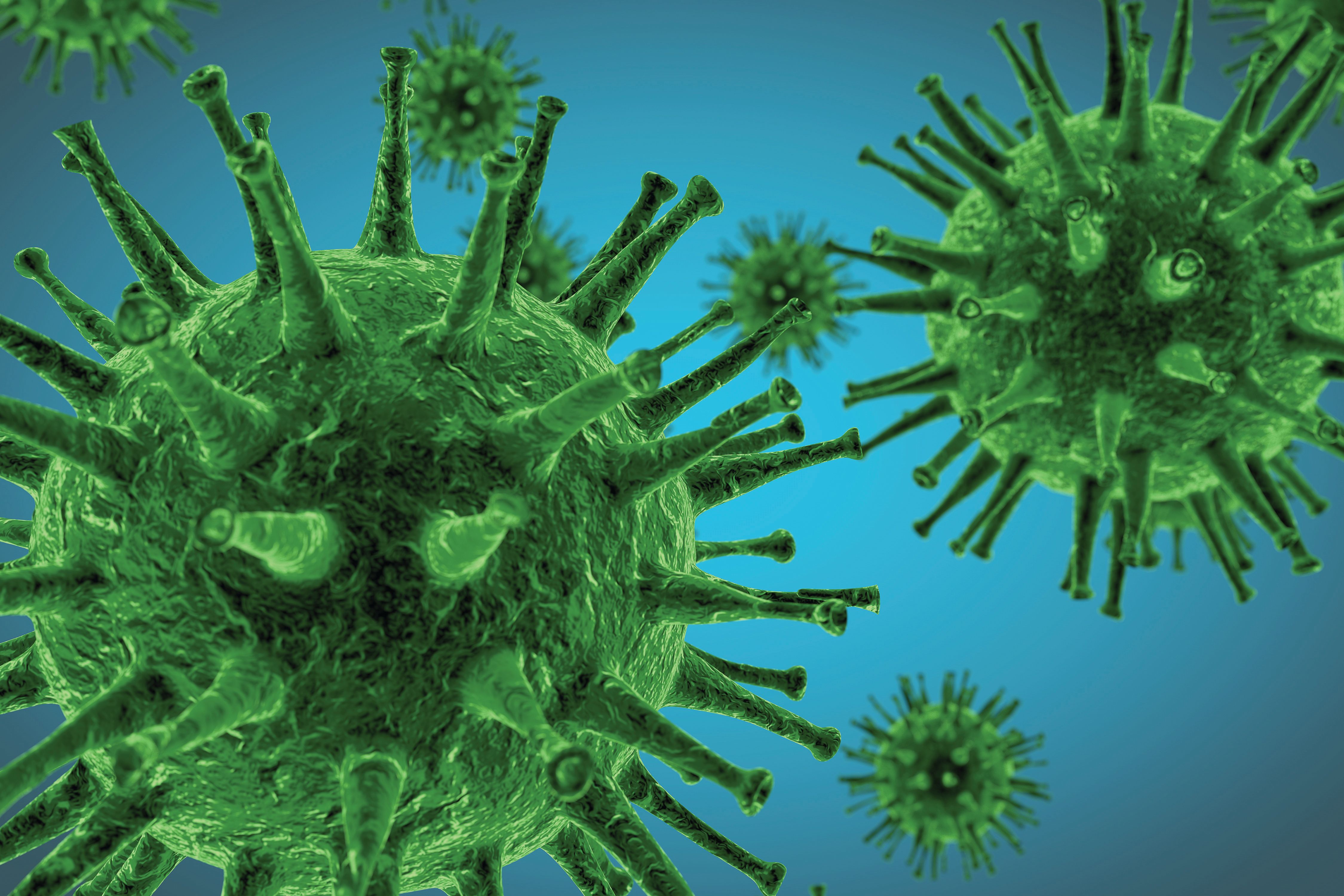Cancer Mortality Shows Long-Term Declines Despite COVID-19 Pandemic
An annual report on the status of cancer showed that, from 2018 to 2022, the cancer death rate fell for every race and ethnicity.
The greatest decline in cancer death rate was observed in those with lung cancer, as it fell by 4.5% in men and 3.4% in women.

Over 20 years, overall cancer mortality declined despite the COVID-19 pandemic, and although health care disruptions due to the pandemic led to a cancer incidence drop in 2020, the incidence returned to prepandemic levels in 2021, according to an annual report published by the American Cancer Society.1
Overall, from 2017 to 2019/2021, the cancer incidence rate was 461.3 per 100,000 population in all people, 499.8 in men, and 436.6 in women, which was a 14% difference. Cancer incidence rates decreased in men by 1.6% to 2.2% per year from 2001 to 2013, then remained stable through 2021; incidence rates in women increased by 0.3% per year from 2003 to 2021.
The overall incidence rate was highest among people who were non‐Hispanic American Indian or Alaska Native (AI/AN), then White persons and Black persons. In every race except non-Hispanic Asian or Pacific Islander persons, cancer rates were higher in men than women. When sorted by sex, incidence rates for all cancers combined were greatest in Black men and AI/AN women.
In 2020, the cancer incidence rate was 425.6 in all people, 460.5 in men, and 403.7 in women, which was an 8% difference. The diseases with the greatest decreases in 2020 rates, for men, were melanoma (12%), colorectal cancer (11%), and laryngeal cancer (10%); the lowest decreases were in pancreatic cancer (1%) and brain cancer (3%). For women, the diseases with the greatest declines in 2020 rates were thyroid cancer (13%), stomach cancer (12%), and lung cancer, colorectal cancer, and melanoma (10% each); the lowest declines were brain cancer (4%) and oral cancer and myeloma (3% each). For both male and female individuals, the overall rankings by cancer site were the same for 2020 as they were for the aggregated 2017 to 2019/2021 rates.
Per 100,000 people, the cancer death rate was 146.0 in all people from 2018 to 2022, 173.2 for men, and 126.4 for women, a 37% difference. The death rates decreased by 1.3% to 2.1% annually from 2001 to 2022, and the decline was more substantial for men than women.
From 2018 to 2022, the death rates fell for every race and ethnicity. The death rate for men decreased in 12 of 19 of the most common cancers such as prostate or liver cancer; was stable for 3 cancers such as soft tissue, larynx, and brain; and increased for 4 cancers such as oral cavity and pancreas. The death rate for women decreased for 14 of the 20 most common cancers such as breast and stomach and increased for 3 cancers such as liver and oral cavity. The death rate for lung cancer declined by 4.5% for men and 3.4% for women, which was the greatest decline observed.
Comparing counts and rates from several submission years of data didn’t indicate any patterns in the 2020 data that demonstrated widespread reporting delays. In all sites, the relative decline from 2019 to 2020 was “distinctly” greater than prior years.2 Neither policy restrictions, COVID-19 death rates, nor mammography changes explained the state-level decline in 2020 cancer incidence rates.
“Overall, cancer incidence and death rates continue to decline, representing changes in risk factors, increases in screening utilization, and advances in treatment,” wrote study author Kathleen A. Cronin, PhD, MPH, from the Division of Cancer Control and Population Sciences at the National Cancer Institute, Bethesda, Maryland, with coauthors in the paper.1 “However, our results underscore the importance of public health policy to ensure continued access to cancer‐related care, even during public health emergencies such as pandemics.”
Population-based cancer incidence data were gathered from the North American Association of Central Cancer Registries (NAACCR) Cancer in North America (CiNA) database; cause of death data were gathered from the CDC’s National Center for Health Statistics’ National Vital Statistics System; population data estimates were modified from intercensal (2001 to 2009 and 2010 to 2019) and Vintage 2022 (2020 to 2022) county population estimates from the US Bureau of the Census Population Estimates Program; and demographic characteristic data were based on information from medical records and death certificates.
The potential impact of COVID-19 was analyzed via ratios of observed age-adjusted rates in 2020 compared with rates in prior years. The relative decline from 2019 to 2020, for example, was compared with the rate ratios from the past 5 years. Cancer incidence rates were assessed by month, and 2020 was compared with prior years by various characteristics and disease sites. Additionally, 2021 data were reviewed for excess or a “catch up” of cases that had not been diagnosed in 2020 and may have skewed trends.
Late-stage vs early-stage disease was also assessed, and a consistent pattern of decreasing cases that were unknown at diagnosis from 2017 to 2020 was observed. State-level declines in incidence from 2019 to 2020, COVID-19 deaths in 2020, COVID-19 restriction policies in 2020, and changes in mammography use were also observed to monitor any discrepancies.
References
- Sherman RL, Firth AU, Henley SJ, et al. Annual report to the nation on the status of cancer, featuring state-level statistics after the onset of the COVID-19 pandemic. Cancer. 2025;131(9):e35833. doi:10.1002/cncr.35833
- Star J, Bandi P, Siegel RL, et al. Cancer screening in the United States during the second year of the COVID‐19 pandemic. J Clin Oncol. 2023;41(27):4352‐4359. doi:10.1200/jco.22.02170
How Supportive Care Methods Can Improve Oncology Outcomes
Experts discussed supportive care and why it should be integrated into standard oncology care.